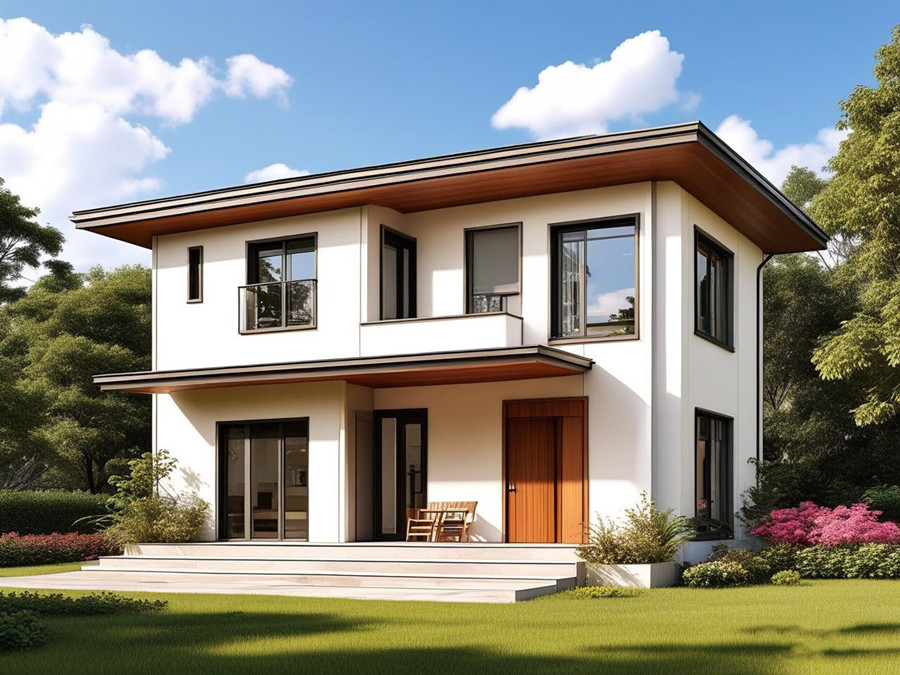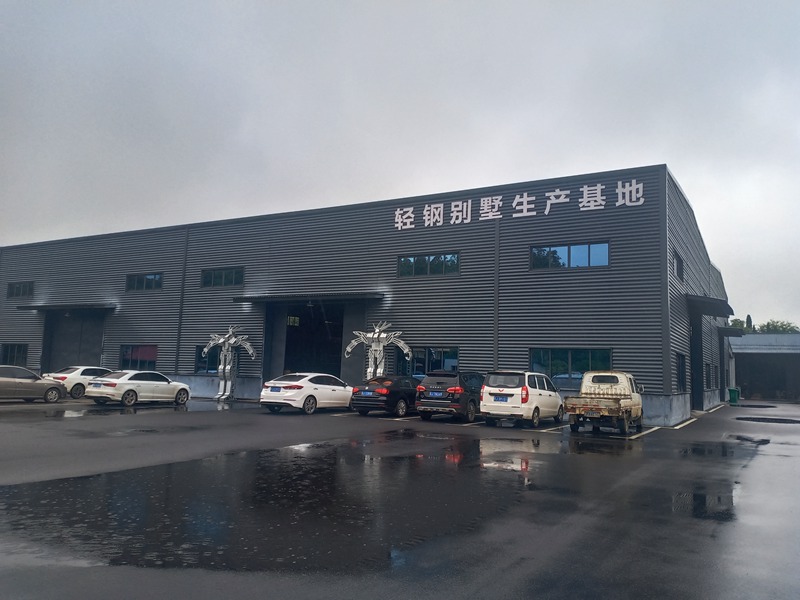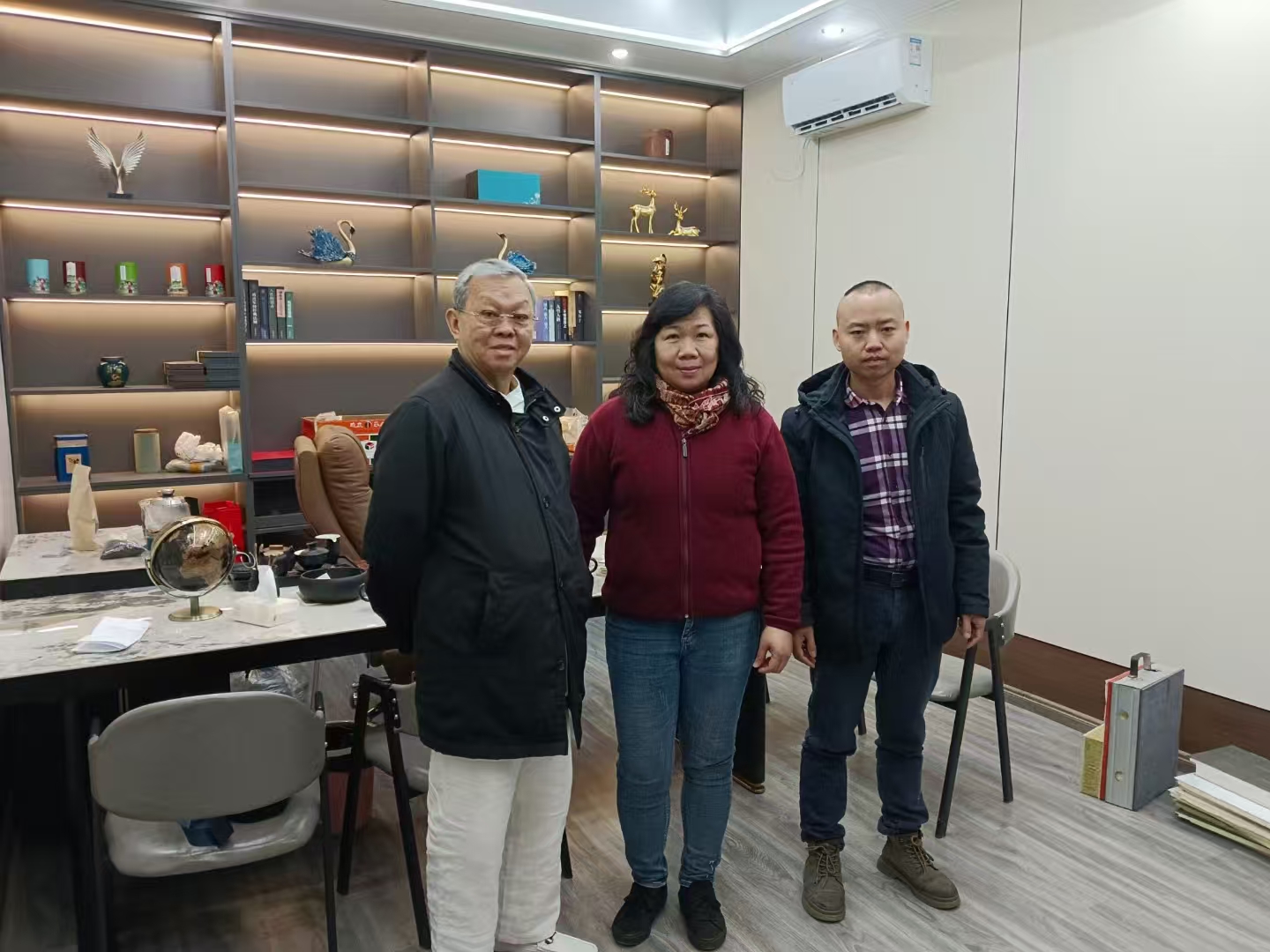Light - steel villas have numerous advantages, such as rapid construction, environmental sustainability, and customizability. However, they are not popular in some areas for several reasons.

1. Lack of Awareness
In many regions, people are not well - informed about light - steel villas. Traditional building methods have been deeply ingrained in local construction cultures for centuries. For example, in some rural areas, people are accustomed to using bricks and concrete, which they believe are more reliable and familiar. They may not be aware of the benefits of light - steel structures, such as better seismic resistance and energy - efficiency. The lack of knowledge about light - steel villas leads to a natural preference for the tried - and - true building materials and methods they have always known.
2. Aesthetic and Cultural Preferences
Aesthetics play a significant role in the popularity of building styles. In areas with a rich historical and cultural heritage, traditional architecture often has a unique charm and symbolic meaning. For instance, in some European cities with well - preserved historical centers, the local people value the traditional facades, materials, and construction techniques that have been passed down through generations. Light - steel villas, with their modern and sometimes minimalist designs, may not fit in with the local aesthetic and cultural context. People may be reluctant to replace the traditional look of their buildings with a more contemporary light - steel alternative.

Ruijie Light Steel Villa Production Base
3. High Initial Investment Concerns
Although light - steel villas can be cost - effective in the long run due to reduced construction time and lower maintenance costs, the initial investment can be a deterrent. In some economically underdeveloped areas, the upfront cost of purchasing light - steel materials and hiring specialized construction teams may be too high for local residents or developers. They may not have the financial resources to afford the initial outlay, even if they understand the long - term benefits. Additionally, the lack of financial support and incentives from the local government can further exacerbate this problem.
4. Limited Local Construction Skills
The construction of light - steel villas requires specialized skills and knowledge. In some areas, there may be a shortage of local workers who are trained in light - steel construction techniques. Traditional construction workers are more familiar with bricklaying, concrete pouring, and other conventional methods. The lack of a skilled labor force means that contractors may need to bring in workers from other regions, which increases the cost and complexity of the project. This can make light - steel villas less attractive to both developers and clients.

French friends come to Ruijie for on-site inspection and discussion of cooperation
5. Perceived Durability Issues
Some people in certain areas may have concerns about the durability of light - steel villas. They may worry that steel structures are more prone to corrosion, especially in areas with high humidity or harsh environmental conditions. Despite the fact that modern light - steel materials are often treated with anti - corrosion coatings, these concerns still persist. The long - standing perception of traditional building materials as more durable can make it difficult for light - steel villas to gain acceptance in these areas.
In conclusion, the lack of popularity of light - steel villas in some areas is due to a combination of factors, including lack of awareness, aesthetic and cultural preferences, high initial investment, limited local construction skills, and perceived durability issues. To increase the popularity of light - steel villas, efforts should be made to address these concerns through education, policy support, and technological innovation.